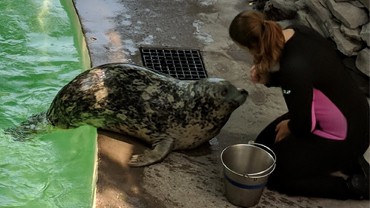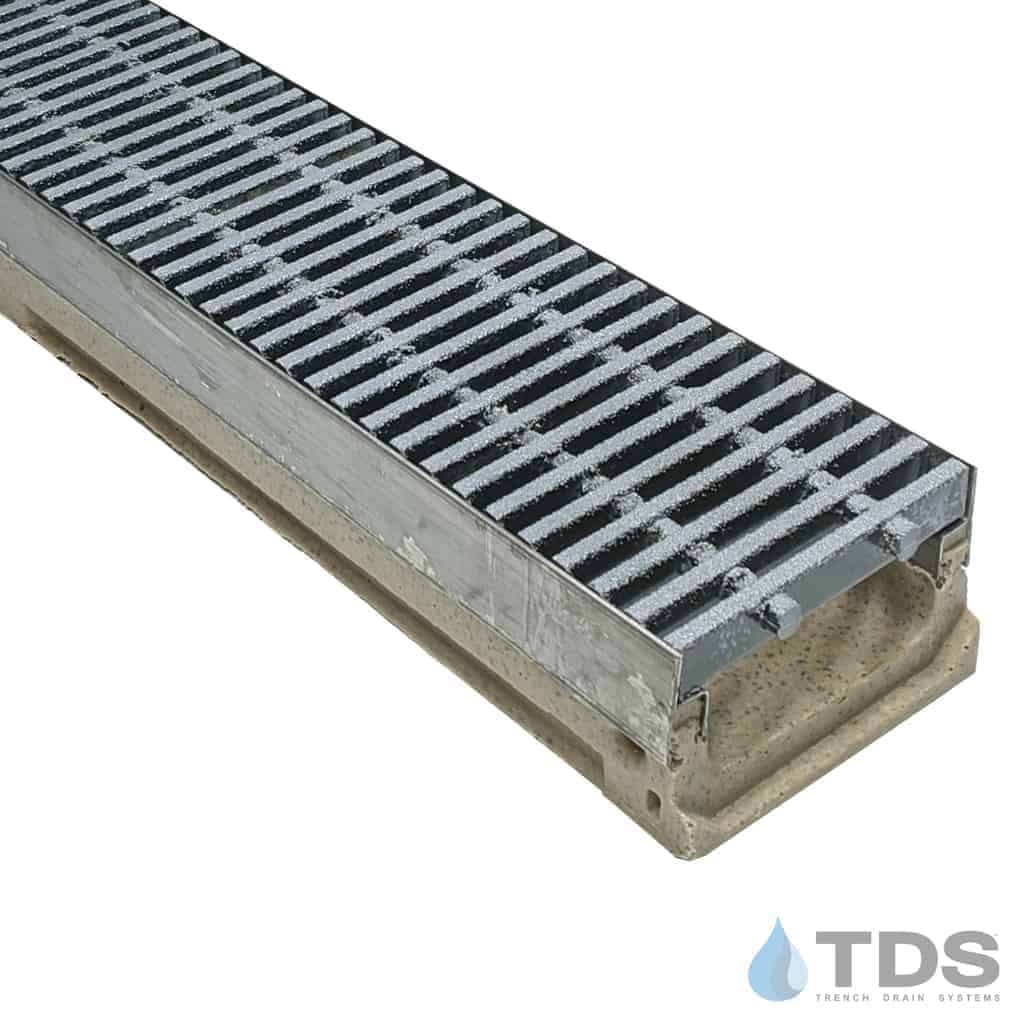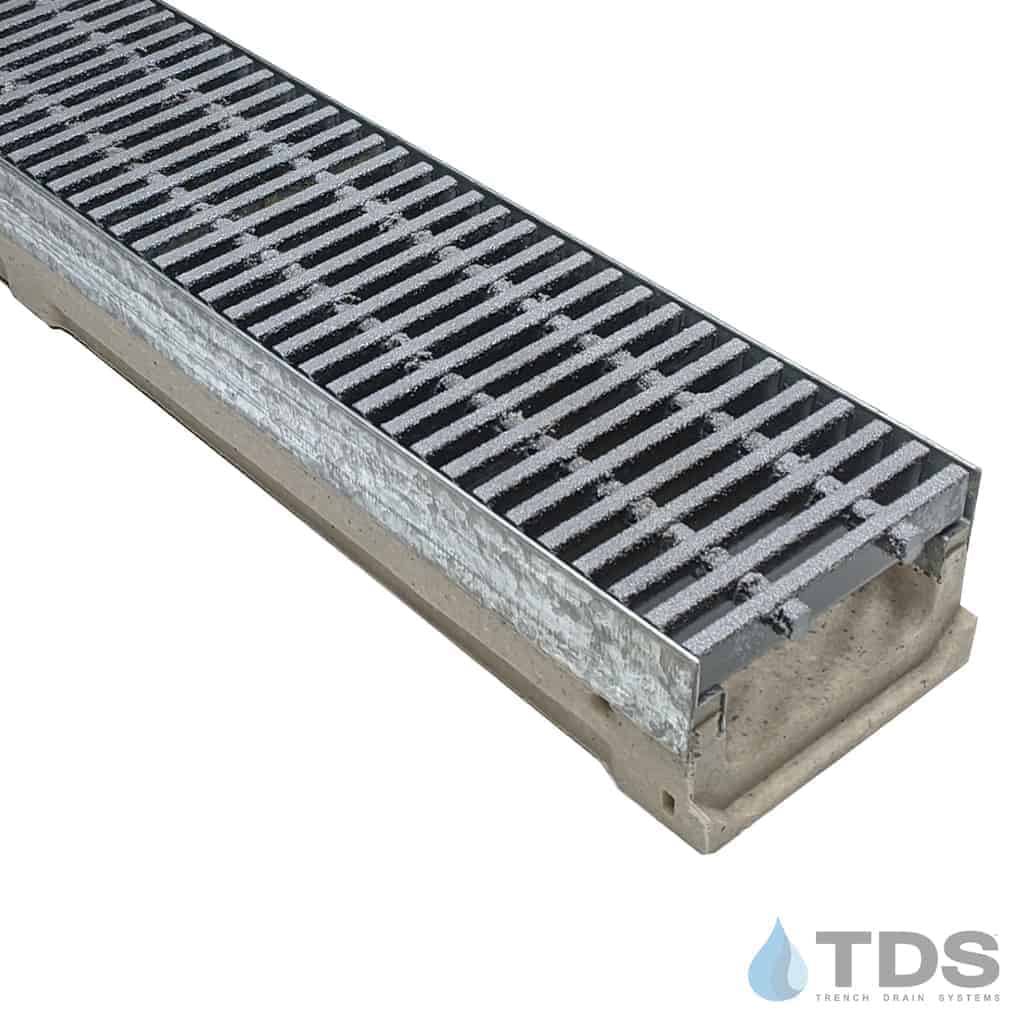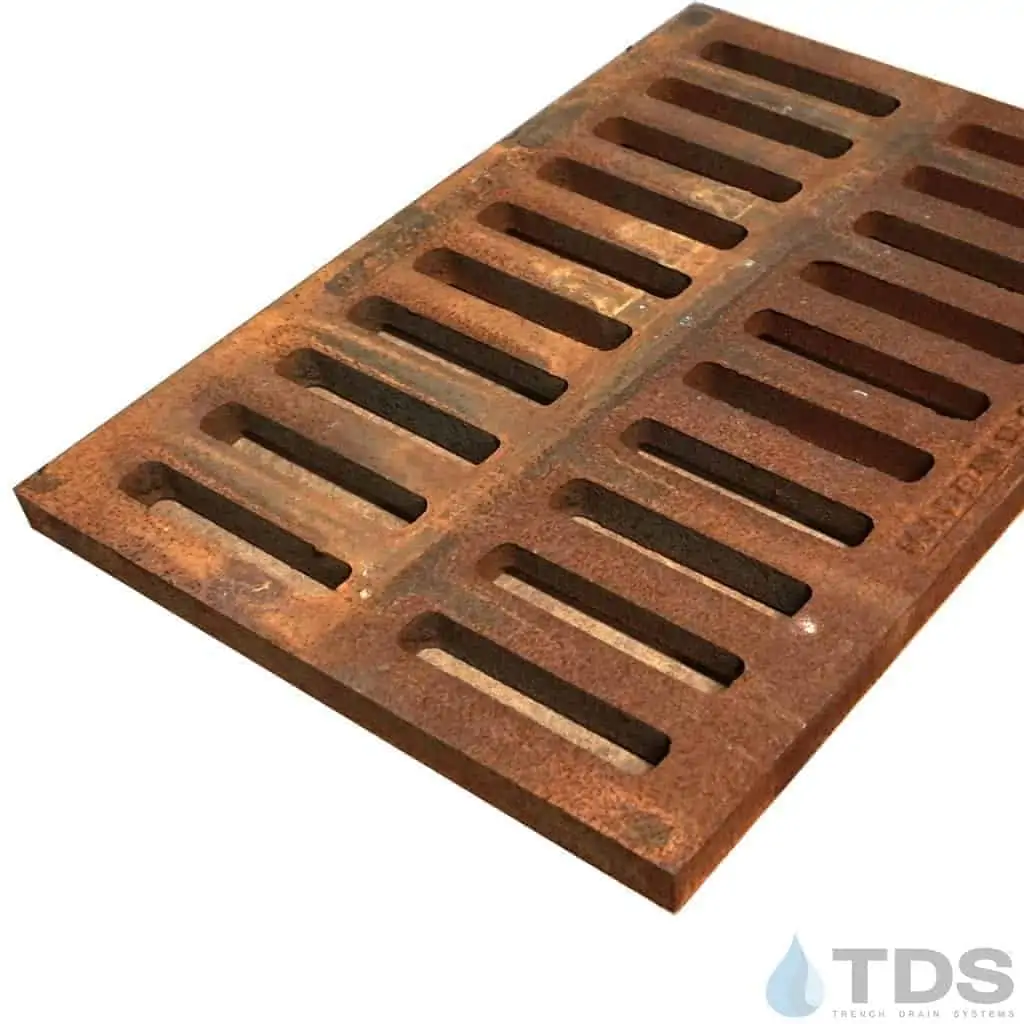Zoo Drainage

Zoo Facility Drains
When it comes to drainage, zoos face a variety of water management issues. Parking lots, exhibits and walkways all have unique needs when it comes to drainage.
The amount of stormwater that gathers will differ along with the type of runoff that includes chemicals from exhibit sanitation as well as daily control of animal waste.
Botanical facilities have a more humid environment but too much water in a greenhouse can cause slippery floors and the potential for botanical diseases. Parking lots and walkways will have a large amount of stormwater runoff since rainfall will not be able to soak into the soil naturally.
Designing areas for animal enclosures requires project managers to be aware that load ratings for trench drains are based on moving traffic. When planning an area such as a wash bay, ensure that the grating is substantial to handle the weight of large animals that are stationary. The grate needs to be able to sustain the weight of the animal when standing directly over the drain.
Considerations
Product Recommendations
Botanical facilities have a more humid environment but too much water in a greenhouse can cause slippery floors and the potential for botanical diseases. Parking lots and walkways will have a large amount of stormwater runoff since rainfall will not be able to soak into the soil naturally.
Designing areas for animal enclosures requires project managers to be aware that load ratings for trench drains are based on moving traffic. When planning an area such as a wash bay, ensure that the grating is substantial to handle the weight of large animals that are stationary. The grate needs to be able to sustain the weight of the animal when standing directly over the drain.

ULMA M100KX Kit with TDS 488 Vinyl Ester Bar Grate 0.6″ on Center (1M)-ULMA

ULMA M100K Kit with TDS 488 Vinyl Ester Bar Grate 0.6″ on Center (1M)-ULMA

US Foundry 6455 Heavy Duty Slotted Cast Iron 17″ x 24″ Grate
Testimonials
“Trench Drain Systems has been very good at providing complete quotes, answering questions we have had, and getting quotes to us quickly.”
“Wow – your response was ridiculously quick!!! Thank you. I appreciate your advice.”
“Thanks for taking the time to go over different trench drain covers. It was much appreciated!”
“The product was great and your company was great to work with!”
